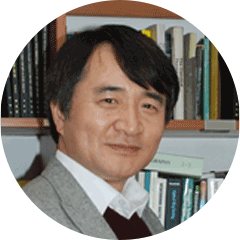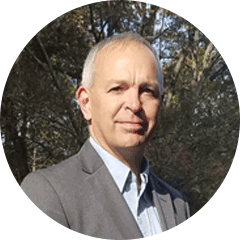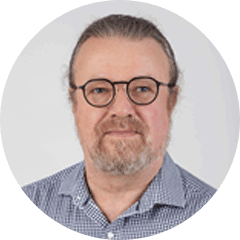2021 차세대 리소그래피 학술대회
2021 Next Generation Lithography Conference
Nov. 17-18, 2021
Alpensia Convention Center, Pyeong Chang (Online / Offline Hybrid)
함께하는 행사 : ASML TechTalk (Nov. 19, 2021)




